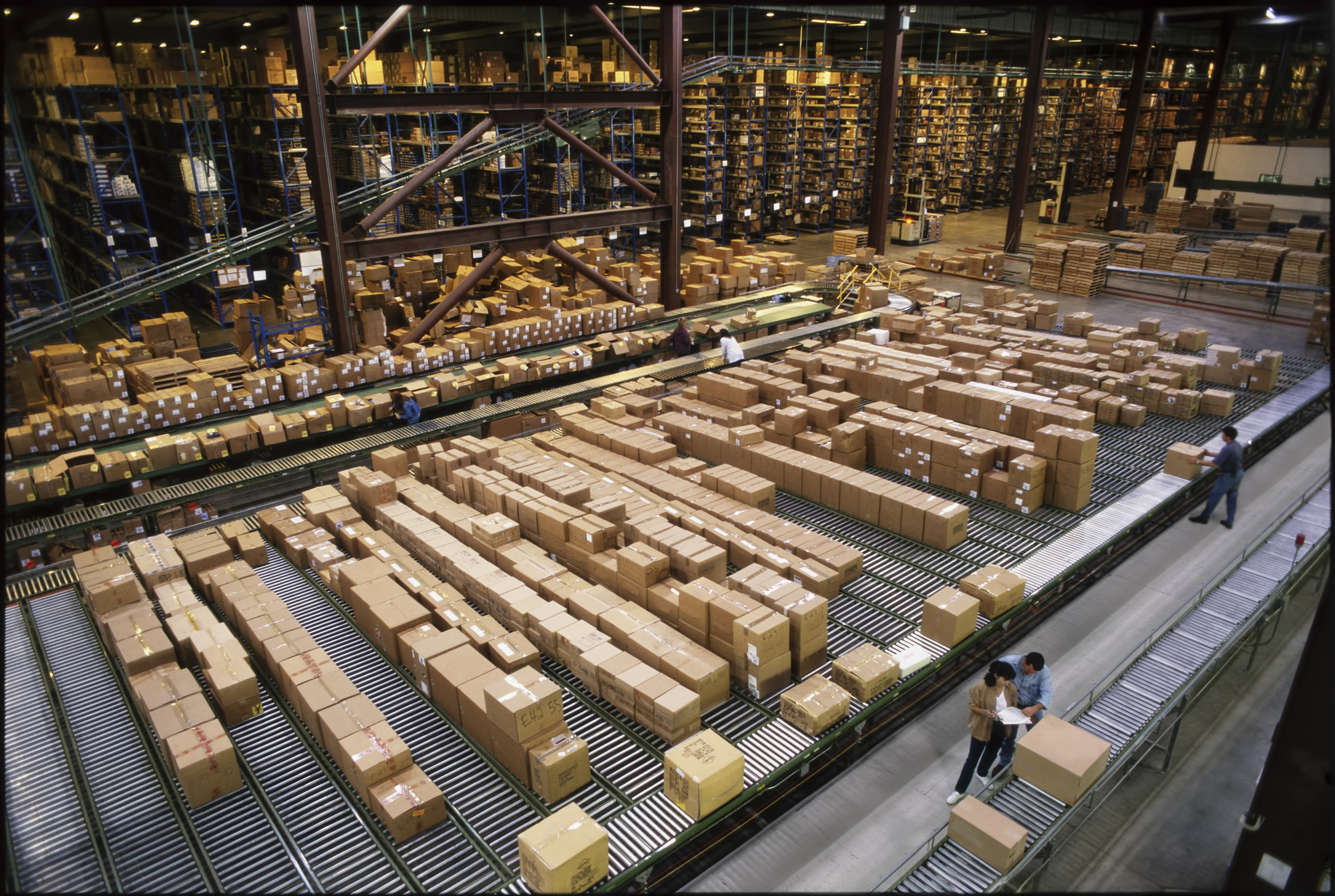Although sustainable products made up only 18.5% of the consumer packaged goods (CPG) market between 2013 and 2023, they drove 31% of the industry’s growth. Meanwhile, nearly every major global CPG brand is aiming for 100% recyclable packaging by 2030, and one area getting a closer look is labels.
A new white paper commissioned by Avery Dennison takes a deep dive into how pressure-sensitive labels—used on everything from soda bottles to cleaning products—can help brands hit their circularity goals. The study, titled Pressure-Sensitive Labels and Their Role in Making Packaging Circular, breaks down the challenges and opportunities facing brands trying to design for recycling and reuse.
“The white paper is a research-based reference document for CPG brands currently making sustainable packaging decisions,” said Ryan Yost, President of Avery Dennison’s Materials Group. “CPG companies are facing growing pressure from consumers, retailers, regulators, investors and employees to prioritize the circular economy, and packaging innovations are part of their strategies to meet stakeholder expectations.”
One innovation highlighted in the report is a new type of “clean-release” label that separates easily from containers during recycling. That separation helps ensure high-quality recycled plastic and reduces the need for virgin materials like PET and HDPE, which carry a heavier carbon footprint.
The report also calls out consumer sentiment. About 31% of shoppers believe investing in sustainable packaging is one of the most meaningful actions a brand can take to fight environmental issues. With plastic consumption quadrupling over the last 30 years, packaging now accounts for 40% of global plastic waste.
The paper connects label innovation with growing legislative pressure, such as the EU’s Packaging and Packaging Waste Regulation (PPWR), which promotes recycling-friendly design and reusable beverage packaging targets by 2030.
Avery Dennison’s research is based on interviews with CPG companies around the world and insights from recyclers, regulators, and industry groups.





